How to boot from CD in Windows 10?
- Home
- Support
- Tips System Rescue
- How to boot from CD in Windows 10?
Summary
Discover the straightforward process for booting directly from a CD in Windows 10, whether you're aiming to repair your system or perform a fresh reinstallation. Furthermore, leverage the capabilities of Renee PassNow to seamlessly transfer or retrieve your crucial data.
Table of contents
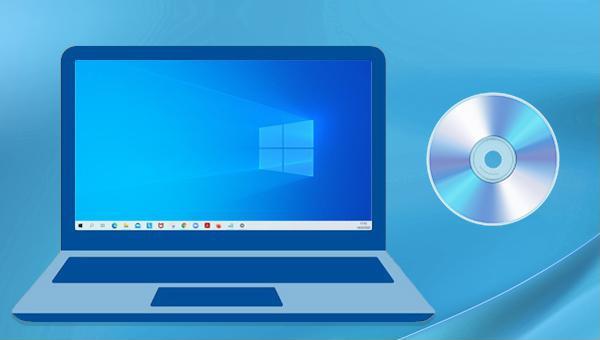
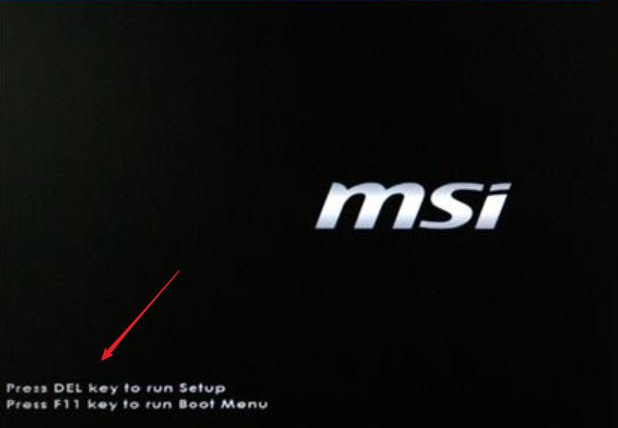

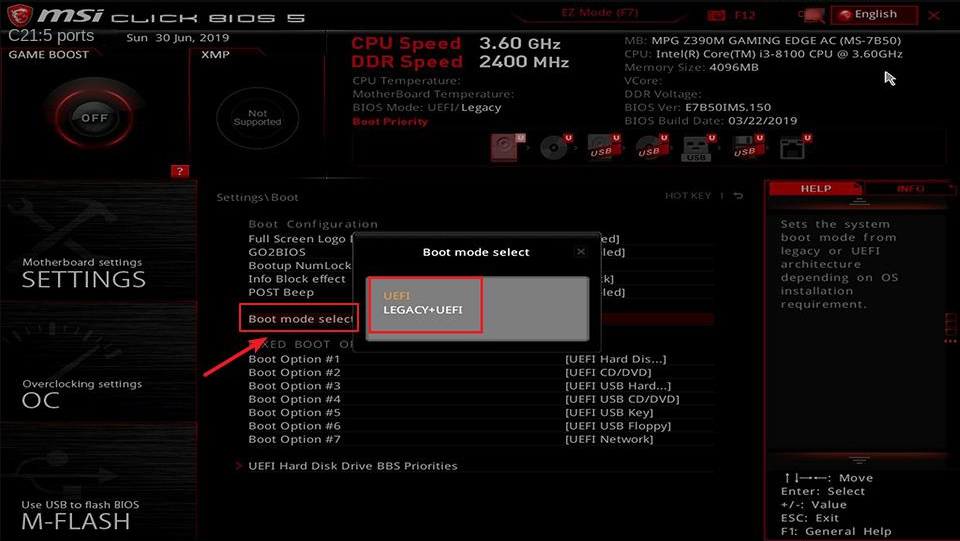

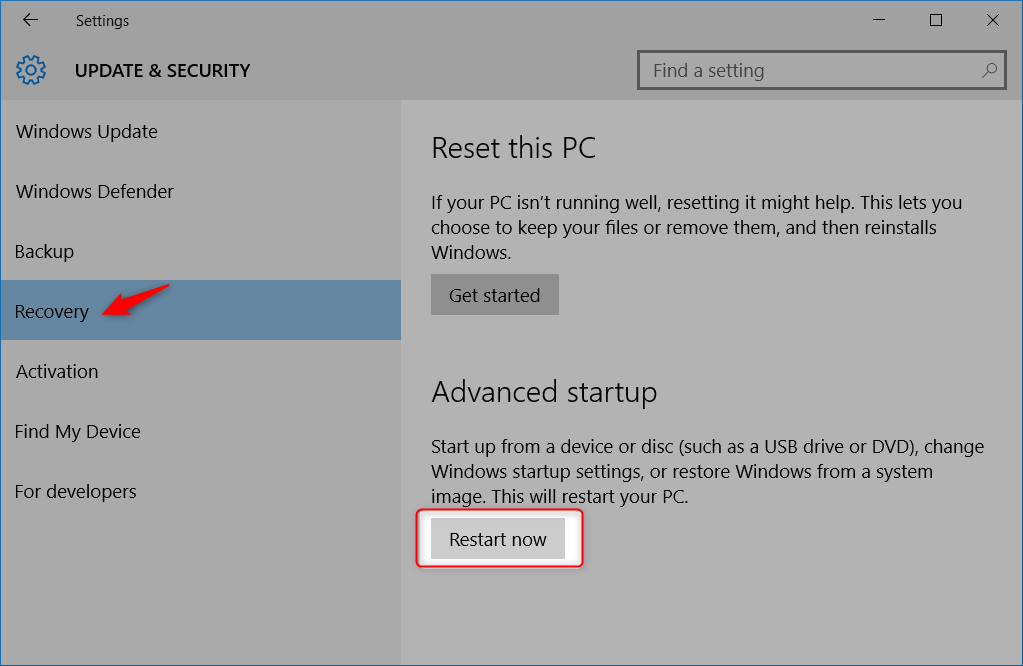
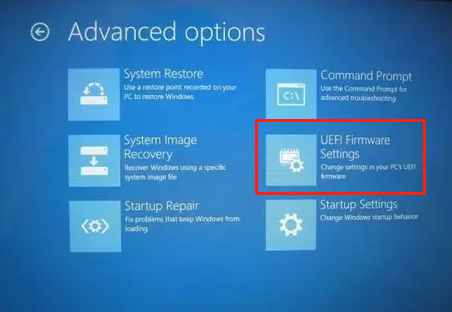
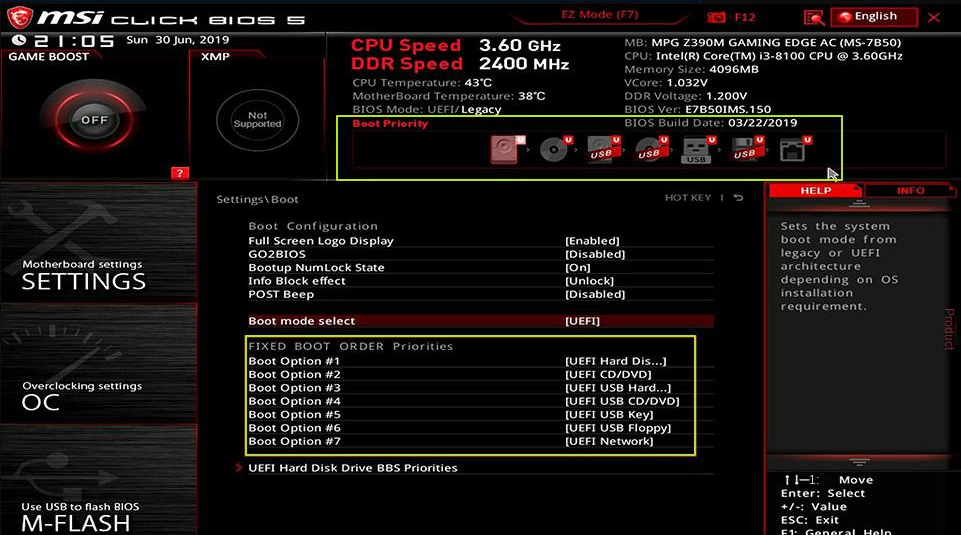

Easy to use 3 steps to transfer the files.
Transfer the files Transfer the important files of the computer without system.
Preview the files Preview the files while transferring the data.
Multifuctional Data recovery, Windows password reset, bootable problem recovery can be run without system.
Highly compatible Windows 10/8.1/8/7/XP/Vista. Also supports UEFI boot mode.
Easy to use 3 steps to transfer the files.
Transfer the files Transfer the important files of the computer without system.
Preview the files Preview the files while transferring the data.
Free TrialFree TrialNow 2000 people have downloaded!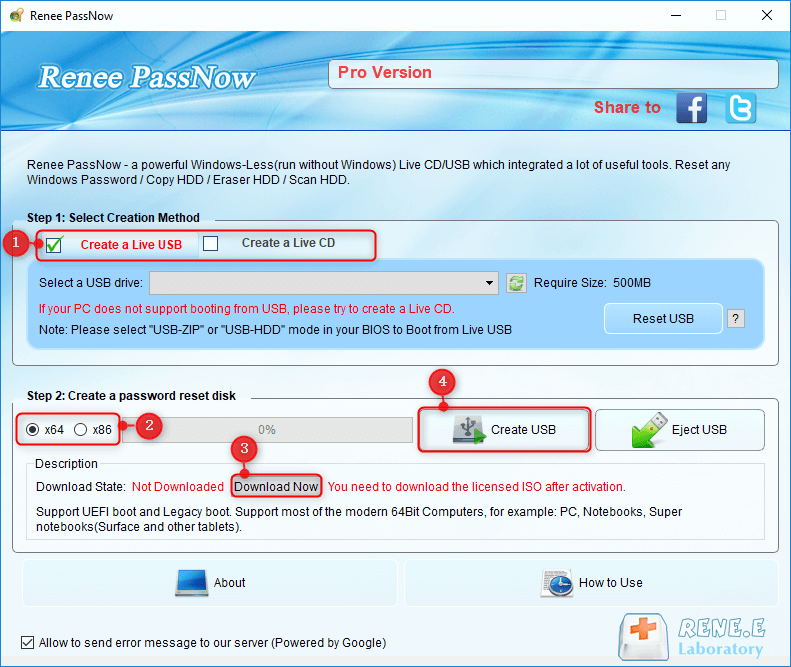
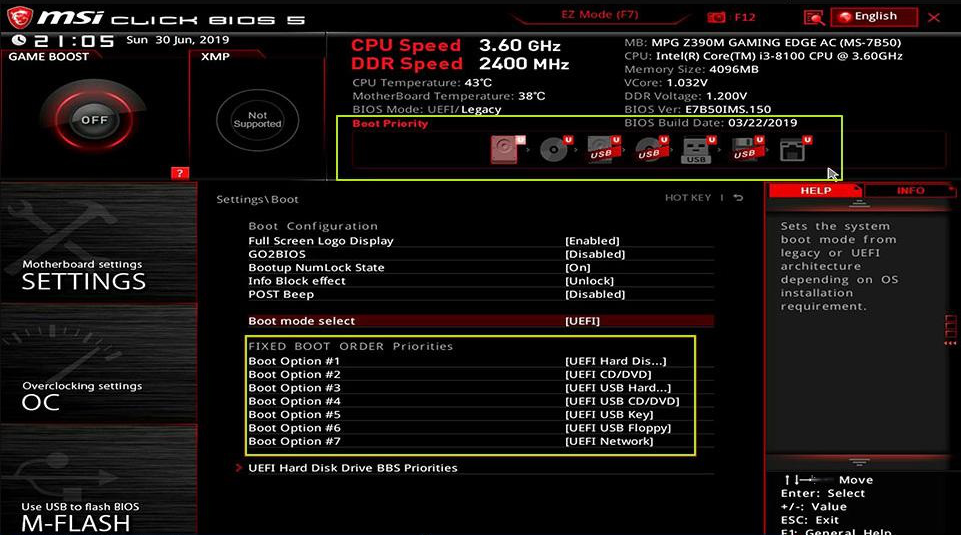
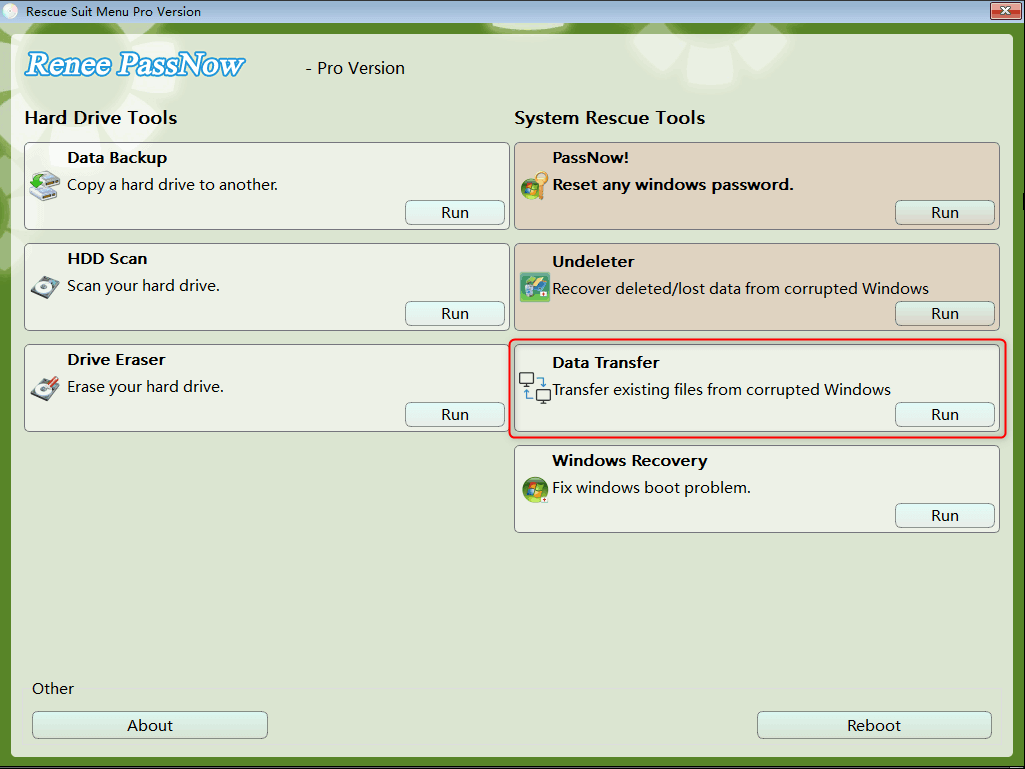
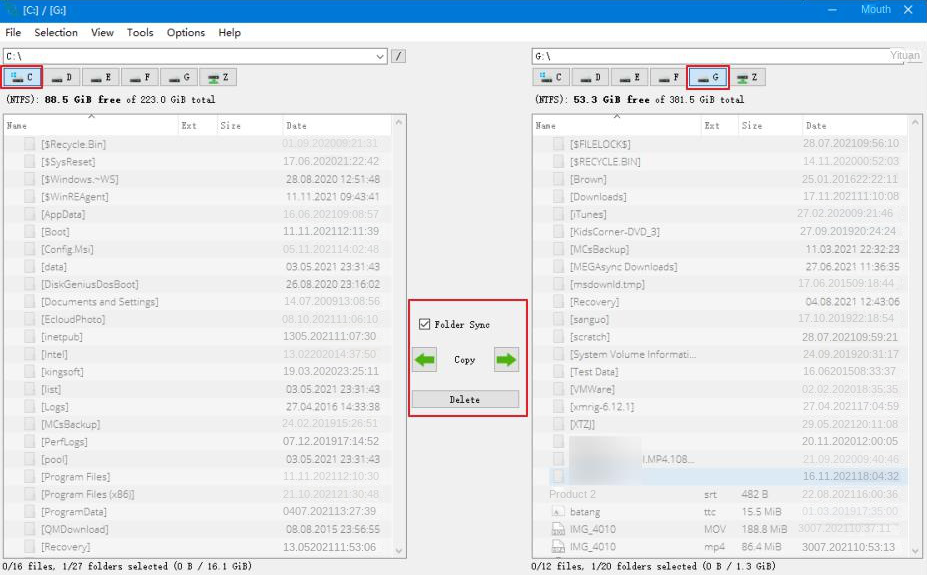
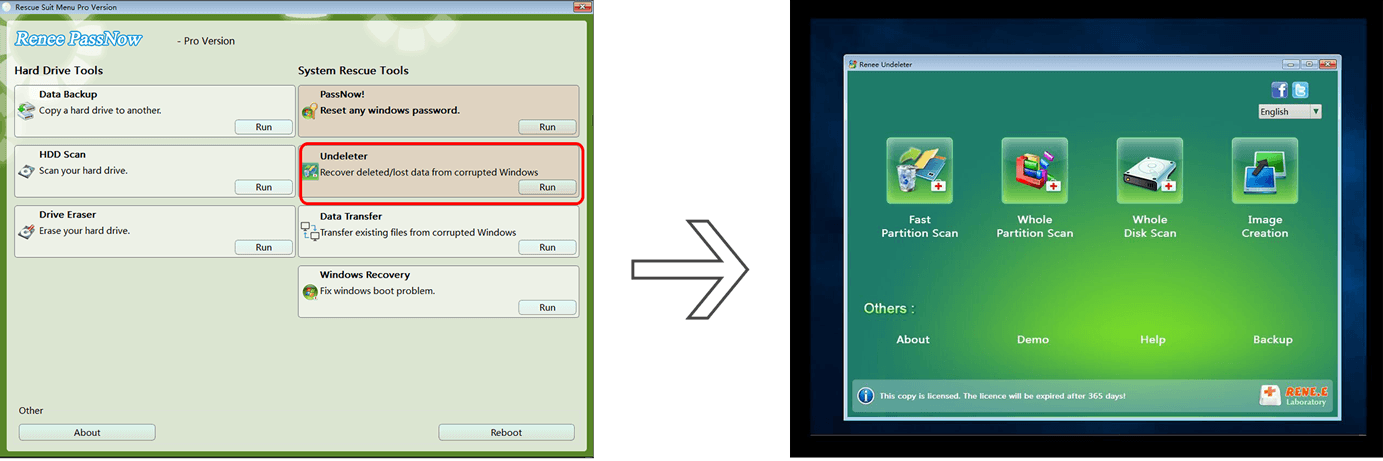
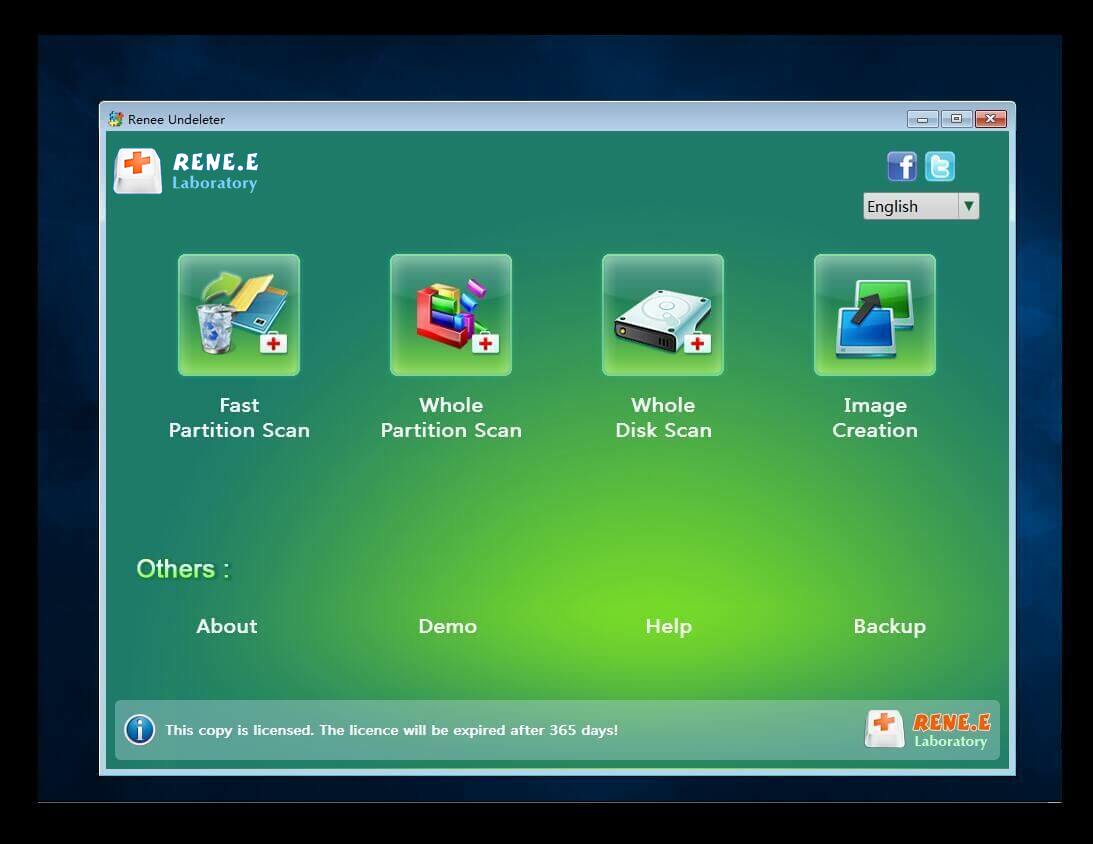

Relate Links :
Fixing "Advapi32.dll Missing" Error on Windows System
09-12-2023
John Weaver : When you meet the error Advapi32.dll missing on your computer, you can fix it with the solutions presented...
Tips and Tricks for Solving KMODE_EXCEPTION_NOT_HANDLED on Blue Screen
03-04-2024
Amanda J. Brook : If you're facing the KMODE_EXCEPTION_NOT_HANDLED error on your Windows system, this guide offers a range of solutions to...
Fix 0x00000109 (CRITICAL_STRUCTURE_CORRUPTION) Blue Screen Error with Easy Solutions
13-10-2025
Ashley S. Miller : Learn how to fix the 0x00000109 (CRITICAL_STRUCTURE_CORRUPTION) error with proven solutions in Windows 10/11/8/7. This guide also walks...
Easy Solutions for Fixing HP Computer's SMART Hard Disk Error 301 Error
12-09-2023
Jennifer Thatcher : Learn how to solve the SMART hard disk error 301 prompt on HP computers with this comprehensive article...




